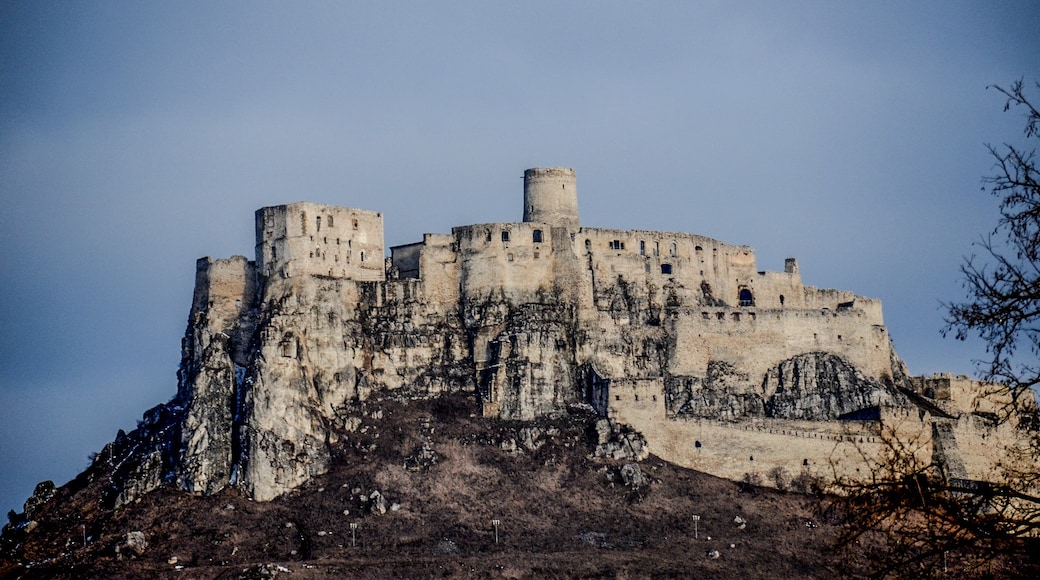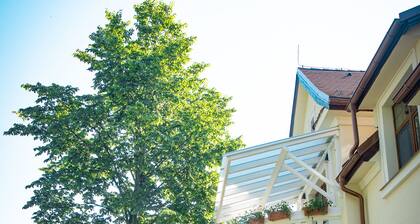Wander through the streets of Spišské Podhradie and you will rarely lose sight of the impressive castle that looms large over the area. The town also boasts enough ecclesiastical architecture to have earned it the nickname the Slovak Vatican.
Spišské Podhradie is a UNESCO World Heritage site and was built to serve the castle it takes its name from. The massive fortification dates back to the early 12th century and is one of the biggest castles in central Europe. It sits on a large rock, approximately 2,080 feet (634 meters) above sea level.
Walk up the steep hill to get to Spišský CastleOpens in a new window and then examine its rooms and ruins. See the old gates, stone columns and a 15th-century Gothic tower. Visit the castle kitchen and the Chapel of Elizabeth Thuringia. Among the other features are the Renaissance and Gothic houses that once belonged to the castle’s owners. Learn about the fort’s history in its museum. View suits of armor, weapons and instruments of torture.
Come back down the hill to explore the town itself, beginning in the main square. Look up at the Baroque-style Marian Column which is topped by a statue of the Virgin Mary. Make your way over to the 16th-century Town Hall.
Check out the religious sites that are spread across the town, such as the Spis Chapter House. This fortified complex is dominated by St. Martin’s Cathedral, a Romanesque church with high, sloping roofs. Other places include the Evangelical Church, the Gothic Roman Catholic Church, the Jewish Synagogue and the Cloister of the Merciful Brothers, which was a hospital established by the Augustinian religious order.
Spend a day walking in the countryside at nearby nature reserves in Drevenik, Sharp Hill and Rajtopiky. Rock climbing is also possible in the surrounding area.
Reach Spišské Podhradie by flying into the airport at Košice, approximately 54 miles (87 kilometers) away. If you arrange your trip for June, you’ll experience the Spis Folklore Festival, which captures the character and color of the region as well as its history.







